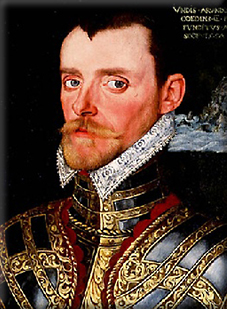Most human beings have an innate urge to expand our horizons, to discover new worlds, and to ease curiosities about the mysterious universe in which we live. As I mature, I have found that this urge intensifies with age; more often than ever, I get caught wondering about new possibilities about where the human race will go next. My imagination about new worlds has inspired me to pursue aerospace engineering, and while exploring my lineage, I discovered that I wasn’t the only one in the family who had a passionate desire to explore the unknown.
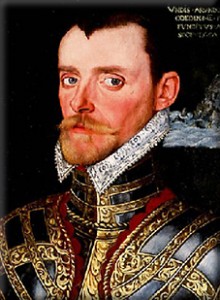
Five hundred years ago, my thirteenth great uncle Sir Richard Hawkins (1562-1622) served as a captain in the English Navy. As an explorer, he sailed the uncharted oceans in expeditions that he later said were “purely for the purpose of geographical discovery” (Rowose). Sailing for months across a desolate cean during the 15-1600s would be unimaginable today. Conditions on that ship would have been repulsive: there would have been no sanitation, hunger would have been at an all time high, and the unsettling fact that no one on Earth knew exactly what was beyond the ocean would have lingered in any sailor’s mind. Despite the discomfort, Richard dove into the unknown world head first. Because of him and other explorers like him, the human race was presented with numerous opportunities to expand its reach while simultaneously advancing technologically.
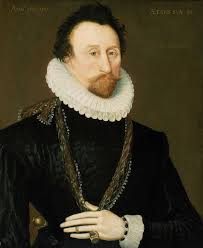 For Richard to sail the globe, he needed a vessel that would last the duration of the voyage. Luckily, the generation before him had already taken care of the problem. Sir John Hawkins (1532-1595), father of Sir Richard Hawkins, served in the English Navy as a commander, shipbuilder, and pirate. Hawkins, who fought and sailed alongside Sir Francis Drake, is said to have designed the ships used in the English Naval Fleet that gave England the advantage over Spain during the attack of 1588. By creating a vessel that was both faster and more maneuverable than the older English ships, the navy was able to evade and attack the Spanish fleet in a more efficient way.
For Richard to sail the globe, he needed a vessel that would last the duration of the voyage. Luckily, the generation before him had already taken care of the problem. Sir John Hawkins (1532-1595), father of Sir Richard Hawkins, served in the English Navy as a commander, shipbuilder, and pirate. Hawkins, who fought and sailed alongside Sir Francis Drake, is said to have designed the ships used in the English Naval Fleet that gave England the advantage over Spain during the attack of 1588. By creating a vessel that was both faster and more maneuverable than the older English ships, the navy was able to evade and attack the Spanish fleet in a more efficient way.
As an aspiring engineer, it motivates me to know that one of my ancestors created something worthwhile, and that his ideas made a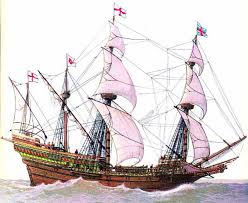 difference in the world he lived in. though the unknown world today is frighteningly different from the unknown world in the eyes of my uncles, the parallelism between the rapidly developing Space Age and the uncharted regions beyond the Atlantic is undeniable.
difference in the world he lived in. though the unknown world today is frighteningly different from the unknown world in the eyes of my uncles, the parallelism between the rapidly developing Space Age and the uncharted regions beyond the Atlantic is undeniable.
As an engineer, I hope to be remembered as someone who helped revolutionize technology that helped further the reach of mankind.  Although today the oceans we plan to cross are different than the oceans my uncles braved, and the ships I plan to build will be different than the ships my uncles built, the emotion and excitement of discovering a new world will be the same In that way, I hope to connect to my family who lived nearly 400 years ago.
Although today the oceans we plan to cross are different than the oceans my uncles braved, and the ships I plan to build will be different than the ships my uncles built, the emotion and excitement of discovering a new world will be the same In that way, I hope to connect to my family who lived nearly 400 years ago.
In the first and only edition of Claudii Ptolemaei Alexandrini’s book of geography, it’s astonishing to see the amount of land that had yet to be charted. The book, which was published in 1511 in Venice, Italy, was written in Latin and puts into perspective how much of the world was undiscovered during the time of my uncles.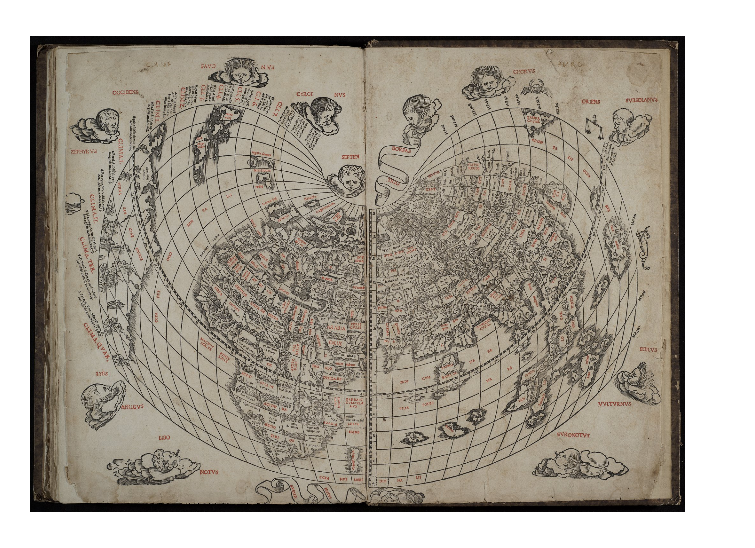 According to this 500 year old piece of work, the world consists of Europe, Asia, Africa, and a thin sliver of North and South America. Today, it’s impossible for us to imagine living on a planet that we know hardly anything about. For Sir Richard Hawkins, approximations of the size and location of any given piece of land was not enough; he wanted to accurately depict the Earth, even if it meant sailing to every undocumented piece of dirt on the globe.
According to this 500 year old piece of work, the world consists of Europe, Asia, Africa, and a thin sliver of North and South America. Today, it’s impossible for us to imagine living on a planet that we know hardly anything about. For Sir Richard Hawkins, approximations of the size and location of any given piece of land was not enough; he wanted to accurately depict the Earth, even if it meant sailing to every undocumented piece of dirt on the globe.
Man’s never-ending conquest to explore and expand to new regions has brought humankind further than both my uncle’s could have ever dreamed. No longer are our uncharted territories here on Earth; we now have regions of the universe mapped out, just as Sir Richard Hawkins had the New World. And while the universe may seem daunting in all of its vast mystery, that same wondrous aura of having new things to discover dangles over humankind, teasing us to come explore.
Works Consulted
“Sir Richard Hawkins.” NNBD: Tracking the Entire World. Soylen. Communications, 1 Jan. 2014. Web. 5 Nov. 2014. http://www.nndb.com/ people/186/000101880/
“Sir John Hawkins.” NNBD: Tracking the Entire World. Soylent Communications, 1 Jan. 2014. Web. 4 Nov. 2014. http://www.nndb.com/people/186/000101880/.
Photos (respectively)
“Sir Richard Hawkins.” NNBD: Tracking the Entire World. Soylent Communications, 1 Jan. 2014. Web. 5 Nov. 2014. &It;http://www.nndb.com/ people/186/000101880/.
“Sir John Hawkins.” NNBD: Tracking the Entire World. Soylent Communications, 1 Jan. 2014. Web. 4 Nov. 2014. http://www.nndb.com/people/186/000101880/.
“Attack of the Spanish Armada 1588” Brittishbattles. Birrtish Battles, Jan. 1 2011. Web. 4 Nov. 2014. http://www.britishbattles.com/spanish- war/spanish- armada.htm&.
“NASA Readies for next Week’s Space Shuttle Launch.” Times of Pakistan. Newscore. Web. 5 Nov. 2014 <http://timesofpakistan.pk/international-news/2011-02-19/ nasa- readies-for-next-weeks-space-shuttle-launch/25429/>.
